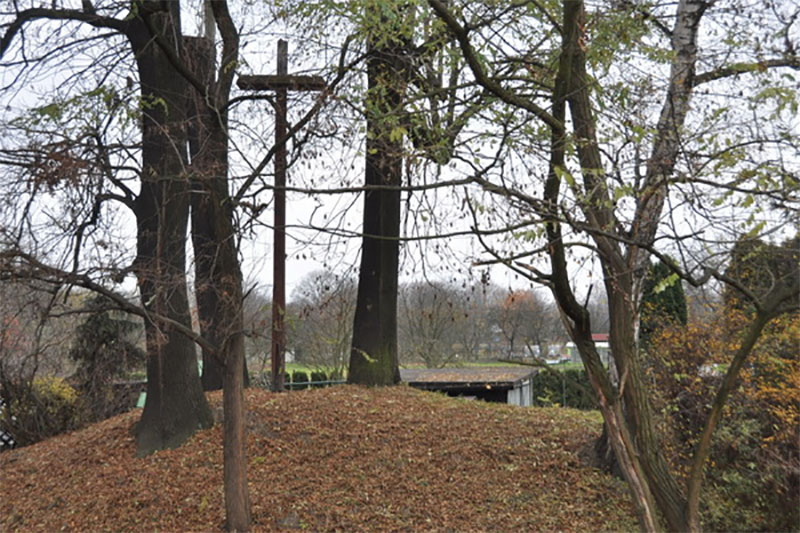











The Swedish Cross commemorates the dramatic moments of the Thirty Years' War (1618–1648). At the time when pikemen and musketeers roamed Bohumín, a marshy field called Orla spread out in these places. Today, the Bajcůvka stream flows through here, which crosses Ostravská street.
The Thirty Years' War, which culminated in power struggles in Europe as well as religious disputes between Catholics and Protestants, entered the history of Bohumín for the first time in 1626. An army of mercenaries, coming mainly from German lands and Denmark, invaded under the leadership of the Luxembourg Count Peter Arnošt Mansfeld and the Saxon of Prince Jan Arnošt of Weimar to Silesia. They passed without resistance along the right bank of the Odra and on August 10, 1626, they reached Bohumín, where they fortified themselves. On their trail, however, was a five-thousand-strong army of the imperial army sent by General Albrecht from Wallenstein. In order to prevent an attack, Mansfeld had the wooden bridge across the Odra River in Staré Bohumín torn down on August 13, 1626, and camped on the Orla field in Pudlov.
The Eagle field also played its role at the end of the Thirty Years' War. In 1639, the Swedes teamed up with the French and invaded Bohemia, from where they advanced further into Moravia and Silesia.
They operated on the Moravian-Silesian border under the command of Generals Königsmark and Wittenberg. In 1645, it was General Wittenberg who camped with his army at a strategic location in Bohumín, from where he successfully repelled the imperial army several times. It is said that from the camp in Bohumín, he went on raiding expeditions to the nearby area, where his soldiers extorted food, drink and money from the local inhabitants. During one of the forays into Muglinov (today Ostrava-Muglinov) they came across imperial troops. Before they could take their prey, they had to flee. The imperial soldiers chased them as far as Bohumín and killed many of them on Pudlov's Eagle field.
A mound was built over the graves of fallen Swedish soldiers, which, according to the land register, the tenants of the field who farmed it were obliged to take care of. Later, the local people erected a wooden cross on the mound with a painted figure of the crucified Jesus Christ. The cross has survived to this day.










